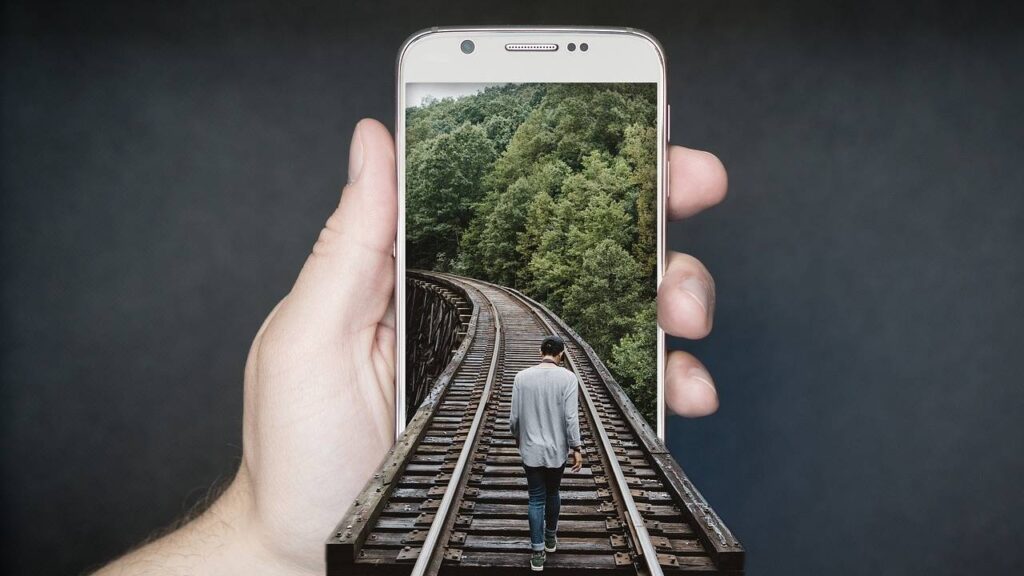Smartphone Art & Computational Photography

February 27, 2023 – Los Angeles: Your smartphone uses computational photography, which refers to the use of digital processing techniques to enhance or extend the capabilities of traditional photography. It involves using computers and software to manipulate and analyze images, often in ways that would not be possible using traditional photographic techniques.
The use of computational photography as an artistic medium has gained popularity in various fields, including advertising, journalism, and fine art. As the technology continues to evolve, we can expect to see even more innovative and creative uses of this medium.
Some examples of techniques used in computational photography include:
- High dynamic range (HDR) imaging: This involves combining multiple images taken at different exposures to produce a single image with a wider range of tonal values, resulting in a more realistic and detailed image.
- Superresolution: This involves combining multiple images taken from slightly different perspectives to create a single image with a higher resolution than any of the individual images.
- Noise reduction: This involves using algorithms to remove unwanted noise or grain from an image, resulting in a smoother and clearer image.
- Panoramic stitching: This involves combining multiple images taken from different viewpoints to create a single wide-angle image.
Smartphones have played a major role in the development of computational photography, as their built-in cameras and processors can perform these digital processing techniques in real-time, and/or after the image was taken for more control. For example, a smartphone might use computational photography techniques to improve the quality of an image by combining multiple exposures or to create a panoramic image by stitching together multiple images taken from different viewpoints.
Smartphones have also made computational photography more accessible to the general public, as they allow anyone with a phone to take advantage of these advanced imaging techniques. This has led to the widespread adoption of computational photography in a variety of applications, including social media, journalism, and professional photography for all manner of applications including marketing and advertising, as well as fine art.
Computational photography techniques are integrated into iPhones and Android phones in a number of different ways.
One common approach is to use specialized hardware, such as multiple cameras or sensors, to capture a set of images that can be combined and processed using computational techniques. For example, many smartphones now include multiple cameras with different focal lengths or sensors with different spectral responses, which can be used to create images with a wider range of tonal values (HDR), greater depth of field, or improved low-light performance.
Software algorithms are also used to analyze and process images in real time using techniques such as superresolution, noise reduction, and panoramic stitching. These algorithms may be implemented in the smartphone’s camera app, or they may be triggered automatically by the phone’s software.
Smartphones may also use cloud-based processing (computerized processing that is external to your own computer or phone via the internet) to enhance images. This is accomplished by uploading images (automatically or manually) to a remote server and applying computational techniques to create a single composite image. This approach can be used to achieve results that would be impractical to perform on the phone itself, such as creating detailed 3D models of a scene or perhaps improving the smoothness of a subject’s skin.
Overall, computational photography is an important part of modern smartphone photography, and includes a variety of ways to improve the quality and capabilities of the built-in cameras.
Whether you use the camera on your smartphone to create artistic images directly or to capture moments to inspire artwork that will be created in other mediums — such as drawing, painting, sculpture, or filmmaking — never before has so much photographic power been so readily available to artists and the world at large.
